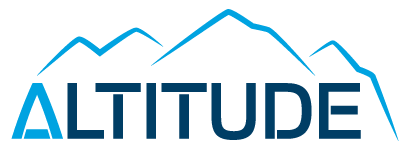What to wear on a skiing holiday is one thing we are asked most often at Altitude. If this is your first time skiing, it can be especially daunting considering all the clothing and extra gear you may need. To give you some help and guidance we have put together some useful information on what to wear and essentials you may need.
Base Layers
All good ski outfits start with a base layer. Nothing makes you colder than wet clothes against your skin therefore a good base layer is designed primarily to keep us dry, not warm (the layers above do that), and it works in two ways. Firstly, it’s extremely un-absorbent, so it can’t hold much moisture, and secondly, it encourages water away from our skin, and up into our outer layers of clothing.Base Layers
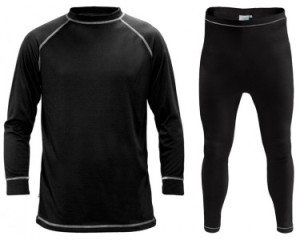
Lots of Layers
When it comes to staying warm, lots of thin layers work much better than one thick or bulky one as they trap more air which is a great insulator. This could be a few old t-shirts or a pile of multicolored mixed casual clothes on top of your base layer and a fine fleece. Another great benefit of layers, are their flexibility - if you carry a small rucksack with you, you can adjust your clothing to suit the weather and your work rate. In the morning you may start with more layers when its cold and then progressively strip down as it warms up. Layers are most important on the top half of your body as quite often a pair of thermal bottoms underneath ski trousers will often do the trick.Lots of Layers
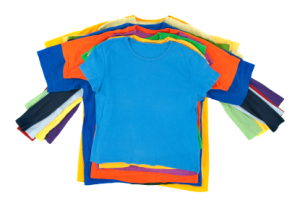
Ski Jacket and Ski Trousers
On top of your layers you will need a good quality ski jacket and trousers. The ski jacket and salopettes are light weight, warm and breathable. If it is your first time skiing and your not sure if you will go again, it can be quite expensive to buy good quality gear, which may not be worn again, or quite often with school children can be outgrown very quickly. Certainly you can borrow these from family or friends, but if they can't help, then looking at companies like us who rent out these items will be considerably less than buying. At Altitude you can rent the ski jackets and trousers individually or as a set. Please contact us if you require any further information on our rental clothing.Ski Jacket and Ski Trousers
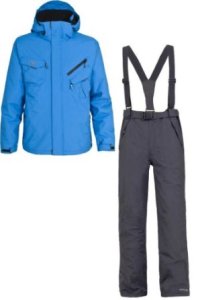
Goggles / Sunglasses
Sunglasses are great for posing in when the weathers nice, but make sure they are wrap around / sports sunglasses. Sunglasses wont help you if its really windy or snowing - thats why goggles are much better! They are tinted to allow you to see in snowy and blizzard conditions and will also protect you from the sun. Double lens goggles are best to go for as they are antifog so shouldn't steam up on the inside.Goggles / Sunglasses
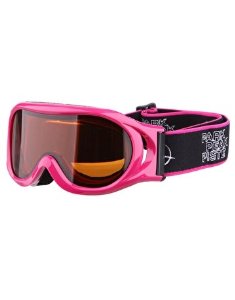
Gloves or Mitts
Its really important to have a really good pair of ski gloves that will not only protect your hands but keep them warm. Make sure you try your gloves on to make sure they are a good fit. For those who suffer from cold hands, you can purchase liners for the gloves -make sure the size of your glove will be able to accomodate the liners and still be comfortable. Mitts rather than gloves can also be a good idea if you have cold hands as they are suppose to be warmer and can also accomodate a glove liner very easily.Gloves or Mitts

Headwear / Neck Warmer
Its good to have something round your neck to fill the nasty gap between your ski jacket and helment, stopping the wind from whistling fown your neck and also to prevent the cold zip of your jacket rubbing on your chin. A balaclava is a good option for this as it allows a thin layer underneath your helmet to help keep your ears and head warm. There are also thin and thick combinations of buff available which serve a number of purposes and can be used as a neckwarmer, balaclava, headband or beanie.Headwear / Neck Warmer
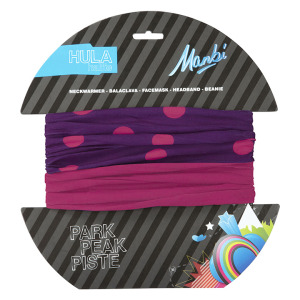
Ski Socks
Dont be tempted to take a thick pair of socks, or sports socks that you have as they simply wont do for skiing. Its important to invest in a good pair of ski socks. You only need to wear one pair of socks under your ski boot, dont be tempted to wear two, as they will rub into wrinkles and create blisters which can be very sore. If you are on a budget, we advise taking a minimum of 3 pairs of socks for a weeks skiing.Ski Socks
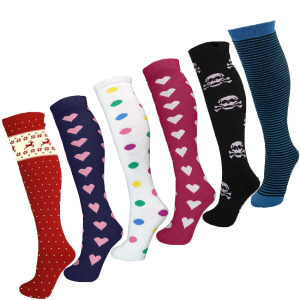
Sunscreen
It may be winter and cold but the sun at altitude can be brutal! It is important to take sunscreen -at least SPF30 or higher and remember to keep applying it to avoid burnt cheeks and panda eyes! Also take lipsalve for your lips as they can become chapped and sore in the cold temperatures and wind. At Altitude we offer a handy sunscreen and lipsalve combi which has more than enough sunscreen for a weeks skiing, together with a lipsalve on a handy lanyard which can be hung around your neck as a good reminder to keep applying!Sunscreen
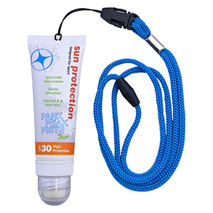
Rucksack
Not necessarily an essential, but a small rucksack is handy to have to either carry extra layers in case it gets cold, or for stripping off if the sun comes out. It also gives you the option to carry a small bottle of water, snack size chocolate bars, disposable camera, packet of tissues etc -rather than stuffing your pockets full! Dont be tempted to an old school bag as they can be heavy and cumbersome. At Altitude we love this extending waistbag which has enough space to carry small things, but can also convert to a small rucksack- giving more space for shedding those extra layers!Rucksack

